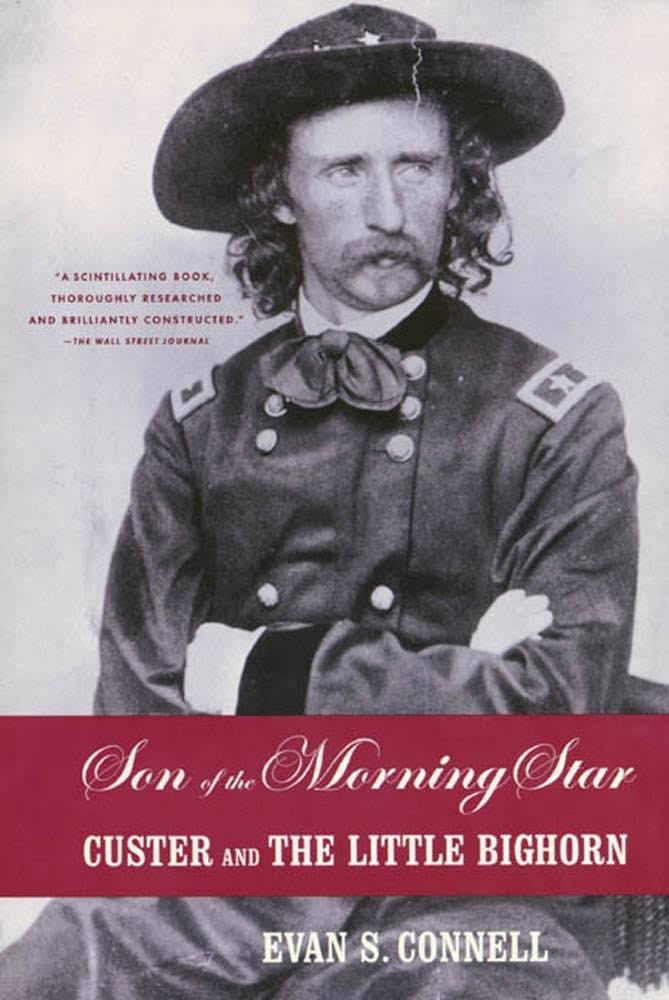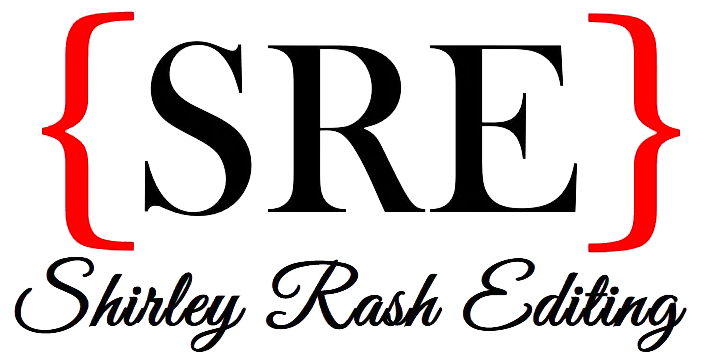Often, point of view (POV) in writing is discussed solely in terms of fiction, implying it’s not relevant for nonfiction writers. That’s simply not true, though. If you’re writing narrative nonfiction, you can use POV to tell the story more effectively. You can generate compelling tension, amplify your themes, and more through artful use of POV in nonfiction. This is particularly true with true crime, history, or historical true crime.
When I was in college, I took a grammar class with Elise Bishop that really changed the way I viewed writing. One particular week of the course looked at how Truman Capote’s In Cold Blood uses a change in verb tense to signal the confession scene.
As readers, we already know that the Clutter family has been brutally murdered and that Dick Hickock and Perry Smith are responsible, but Capote makes you wait for over 200 pages–right at 2/3 of the way through the book–before he finally lets you know what happened. And when he does, the book shifts from past tense to present tense. Despite being in third person, the text also largely shifts to first person dialogue to let Perry tell his version. It’s not in his POV–the scene is largely framed from the perspective of KBI agent Alvin Dewey–but the change in how the narrative unfolds is startling and the effect is immediate. It’s easily the most chilling part of an already chilling book.
Keeping Dewey as the basic POV in that section, despite it largely being Perry’s first-person dialogue, is also smart. Perry already knows what he has done, and I don’t think it would be effective to jump into his head too much there. It’s much more gripping to maintain the focus on Dewey–who already has his own theories and knowledge about the case–as he finally learns what he has waited several long weeks to know.
I was a big fan of the book before then, but that day in class and, truthfully, every day in that class greatly influenced how I started to see literature and rhetorical grammar and rhetorical narratology. Unbeknownst to me, the thesis I wrote for my master’s degree on In Cold Blood several years later was probably hatched that day, but those lessons I learned in my undergraduate Intro to Grammar class also have really shaped how I approach editing. What often interests me more as an editor is pondering how the elements of writing that I’m discussing with clients (whether it’s grammar or POV or something else) intersect with what they’re trying to achieve with themes, plot, and character.
To that end, today I’d like to talk about how Jeff Guinn uses POV with devastating effectiveness in his prologue to The Road to Jonestown: Jim Jones and the Peoples Temple and how Evan S. Connell does something similar to kick off Son of the Morning Star about the Battle of the Little Bighorn.
Jeff Guinn’s Road to Jonestown

I’m a big fan of Jeff Guinn’s true crime books. He’s adept at crafting well-written and well-researched stories that also shine a lot of light on the relevant historical and social context, whether the subject is Bonnie and Clyde or the Gunfight at the OK Corral or Charles Manson or Jim Jones. I’m especially looking forward to his new book, slated for January, on Waco.
The story of Jim Jones and Jonestown in Guyana is a well-known one, and there are many entry points to the story that would work for a prologue to the story–a moment right before or right after the mass poisoning kicks off or perhaps an illustrative anecdote about Jones from his earlier life.
Regardless, it almost seems like a given that the anecdote would focus on Jones, but that’s not what Guinn does. Instead, his prologue focuses more on the official Guyanese perspective as disturbing, distorted news from the jungle emerges. There was a plane crash? No–an attack on an air strip? It involves the secretive, frustrating American settlement called Jonestown? Is Jonestown in the middle of an insurrection?
From there, Guinn narrows his third-person POV even further, focusing on the Guyanese troops sent in to investigate whatever had happened. He follows them as they walk slowly toward whatever uncertainty lies ahead, vision obscured by thick fog, the jungle unusually quiet.
You don’t have to be particularly well versed in what happened at Jonestown to know what they’ll find–hundreds of bodies. But since the story is so well known, it can be easy to forget that, for those men walking in the jungle on November 19, 1978, they had no clue what horrors awaited them.
Guinn’s prologue is a wonderful use of POV to enhance dramatic irony in nonfiction. We know what they’ll find, but them not knowing makes the prologue incredibly tense and unsettling. Guinn doesn’t jump ahead of himself to tell you. He lets you walk alongside them in amplifying suspense until they finally bump into something that they initially mistaken for logs. That tight focus on the soldiers’ POV is much more effective than if Guinn kept breaking away to a more omniscient narration that goes ahead and tells you what they find long before they find it.
The prologue also serves as an excellent introduction to the story that awaits readers. The rest of the book doesn’t revisit this Guyanese perspective, but using it early indicates a retelling of the story that may introduce you to more information and facets than you’ve found in other accounts of Jonestown and is a wonderful demonstration of Guinn’s vivid, compelling writing style.
Evan S. Connell’s Son of the Morning Star

Evan S. Connell’s Son of the Morning Star and the 1990s TV adaptation of it are probably 90% responsible for my lifelong fascination with the Battle of the Little Bighorn. I’ve reread Connell’s book a couple of times over the years, and it has an offbeat structure (no chapters!) that is hard to pull off but has tremendous compelling narrative energy in his hands. The POV reminds me a bit of a bird swooping in and out–sometimes it truly conveys an omniscient bird’s eye view of the history, and other times it zeroes in much closer on a specific facet before pulling back out. Like Guinn, Connell is interested in going beyond what people already think they know about a well-known event, and he is particularly interested in considering the historiography of the battle and whether the truth can be ascertained.
As with Guinn, Connell could have picked any number of moments to start his book. A fateful decision before the battle or moment during it that would help explain the events that followed or perhaps an anecdote about George Custer or Crazy Horse or any of the hundreds of men who participated.
Instead, Connell starts his book the day after the battle, following an Army lieutenant named James Bradley and his detachment of Crow scouts as they scour the Bighorn Valley in what is now present-day Montana and encounter a series of incongruous signs, culminating in finding surviving members of Custer’s own Crow scouts. The book doesn’t immediately report what the scouts had to say but instead records the disbelieving reactions of Bradley’s superior officers and their continued quest to hunt down Custer. Along the way, they continue to find more signs that something is very wrong, but many of the soldiers continue to interpret it as signs of a great American victory before they finally come across hundreds of Custer’s very dead command.
You don’t have to be a history buff to fill in the blanks of what disturbing news the Crow scouts reported to Bradley or to know that the Army’s assumption that they were trailing toward the site of an American victory in late June 1876 was incorrect.
That doesn’t lessen the impact of the dramatic irony that Connell generates, though, and as with Guinn’s prologue, those opening pages of the book serve as a reminder that the people who experienced these events in the moment didn’t benefit in that moment from our own 20/20 hindsight knowledge.
Connell’s opening pages also set up several of the themes he pursues throughout the book, particularly in relation to what was known when and what can be known now. Bradley and other officers in the Army were tasked with figuring out what had happened and some of them let their skewed interpretation of the facts get in the way of doing so before they were confronted with the incontrovertible proof of the remains of hundreds of cavalrymen. Connell, meanwhile, is always quite direct in acknowledging what we can, with the benefit of the passage of time and documented sources, now know and what has probably been lost to time.
Connell also delves into the Native American perspective of the battle considerably more than previous writers about the battle had, which is a nice counterpoint to the early moments he documents of the Crow scouts reporting information that is initially ignored but was right all along.
Connell’s decision to avoid talking about Custer in those early pages is also an interesting one that foreshadows much of the book. Of course, Connell gets around to talking about Custer in his own good time, but by quite intentionally focusing on anything but Custer early in the book, he signals that this is far more than just another biography of the man. It’s a meditation on the battle itself, of which Custer, despite his status in the mythology of the battle, is just another part of the greater whole.
Much like Guinn’s book, Connell doesn’t stay locked into the POV that introduces the story. He moves far beyond Bradley, his scouts, and his superiors, but those first pages of the book are a skillful demonstration of Connell’s prowess as an evocative writer and an indication that this book is interested in pursuing far more than just a chronological recounting of the battle or a study of George Armstrong Custer.
How can you apply these lessons to your own manuscript?
Both of these books provide great lessons for writers–and editors!–in how to use POV to frame and shape nonfiction. Even if you’re telling a story that you think audiences will already be familiar with, consider what POV you’re using. If it’s true crime, are you unfolding it as from the perspective of the victim, the investigators, the killer, the bystander, or someone else? Are you maintaining that perspective throughout or do you want to juxtapose multiple ones? If it’s historical nonfiction, are you using a more omniscient approach or are you focusing on a specific perspective? If you’re using a specific perspective or multiple specific perspectives, who are you using and why? And if you’re changing between them, why are you doing so and when are you doing so?
There is no right answer to any of these questions. You might be inclined to think that you should always start at the end, after the main action has unfolded, and work your way back since both of my examples here have done so, but that’s not really my point. Starting at the end works effectively for both of these books because it is effective for what these books are trying to do. The story you want to tell dictates what is the right answer for you and your manuscript. To find it, however, you need to stop and ask yourself whose story it is and why.
Next time, we’re going to look at how Ambrose Bierce hauntingly uses POV in one of his short stories about the Civil War.
What’s Your Story series:





